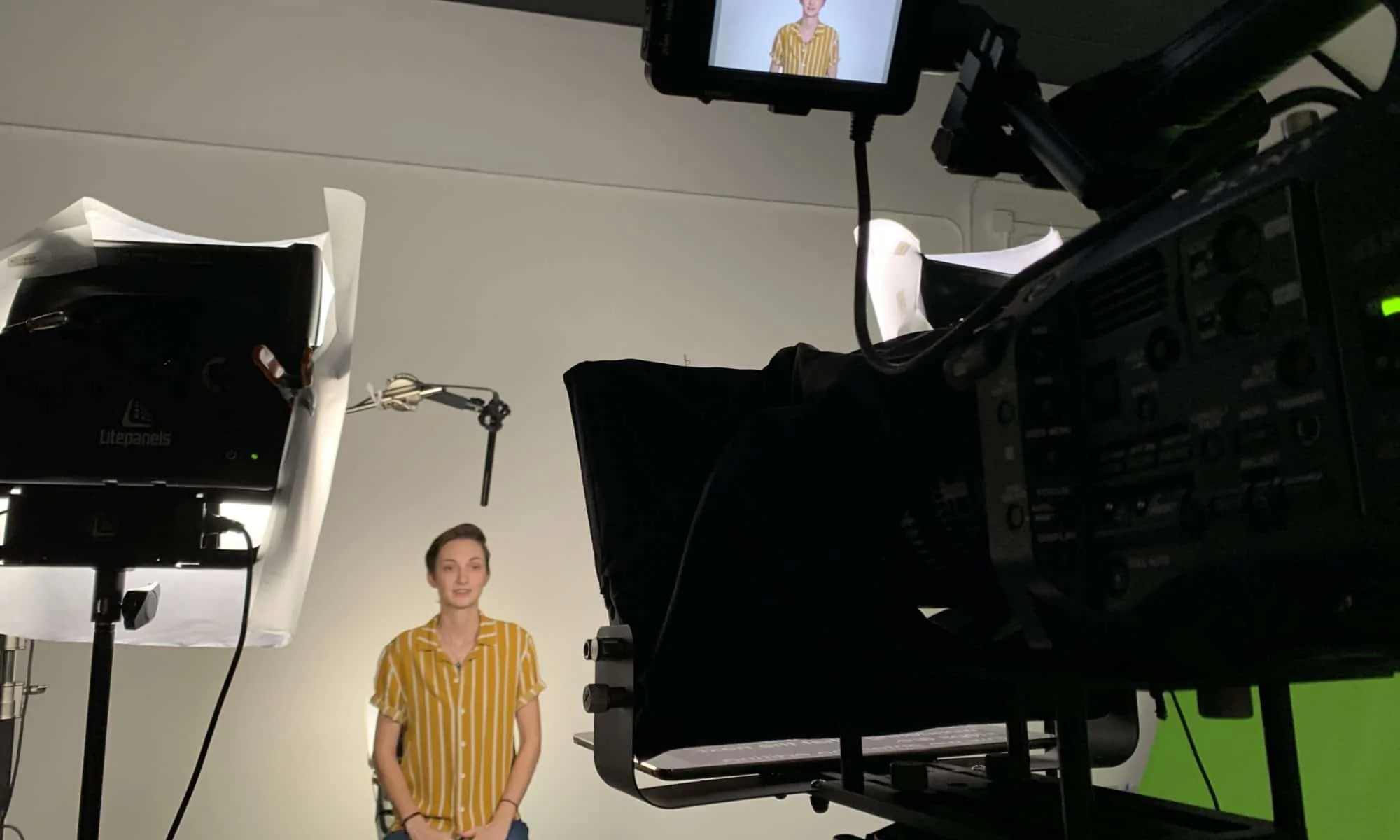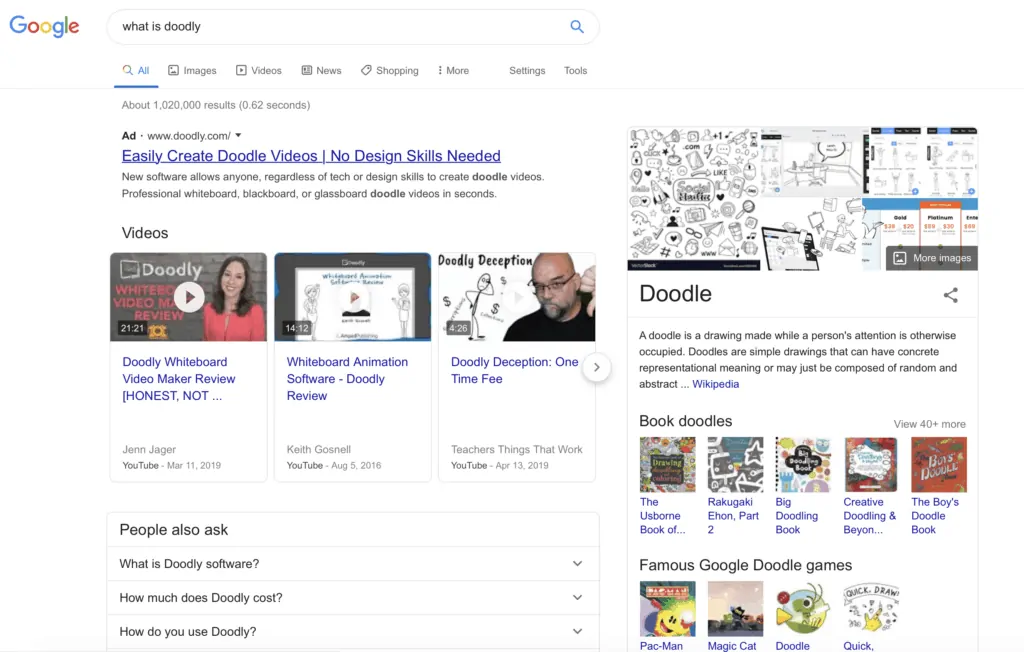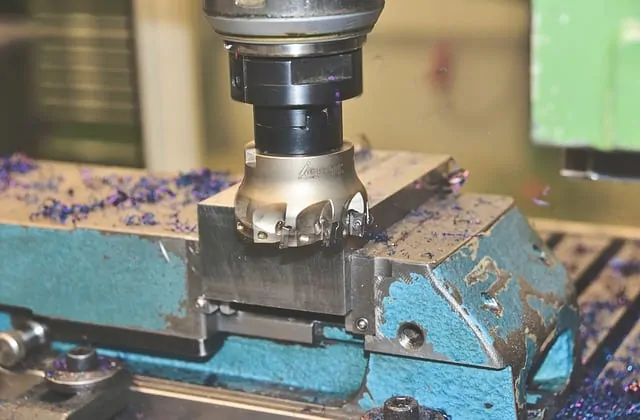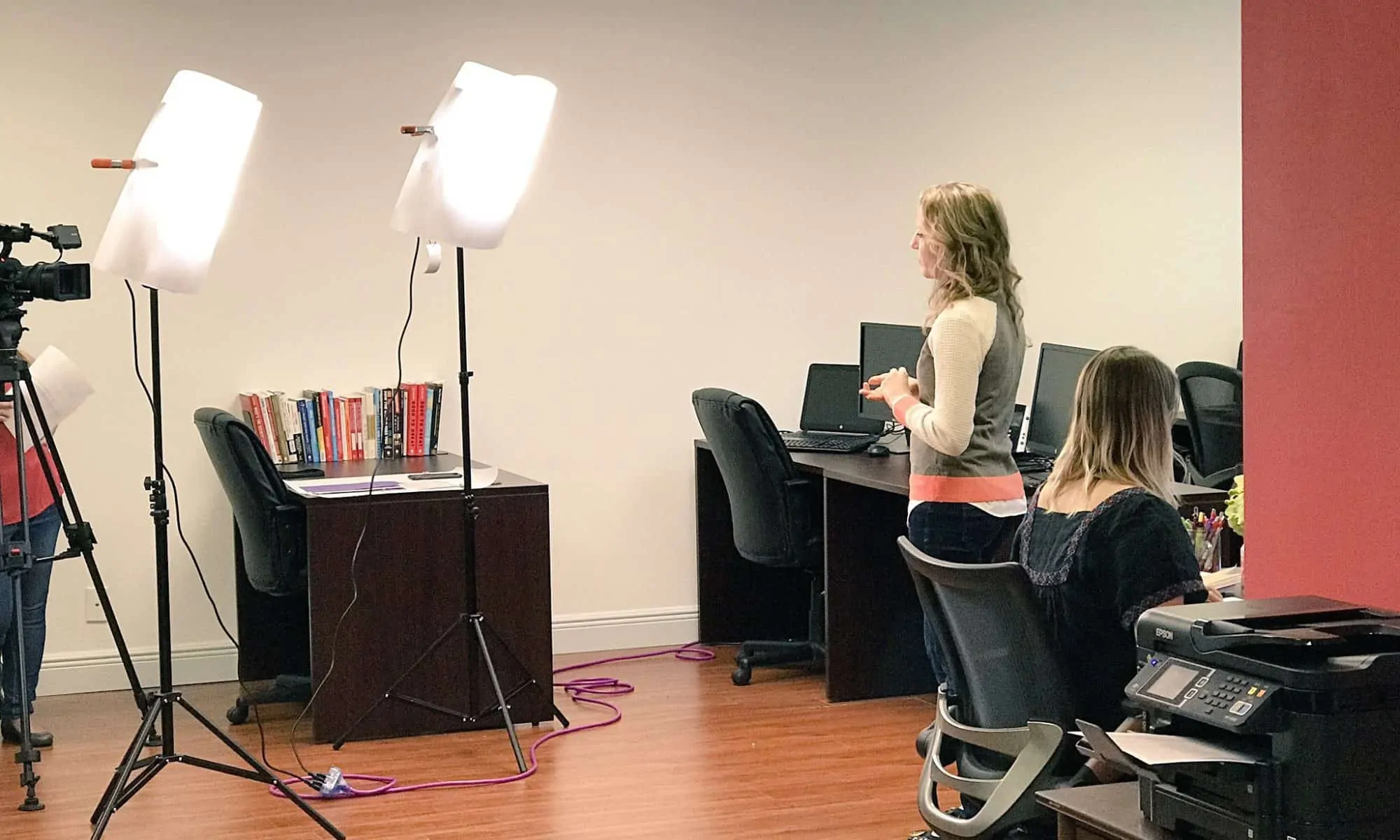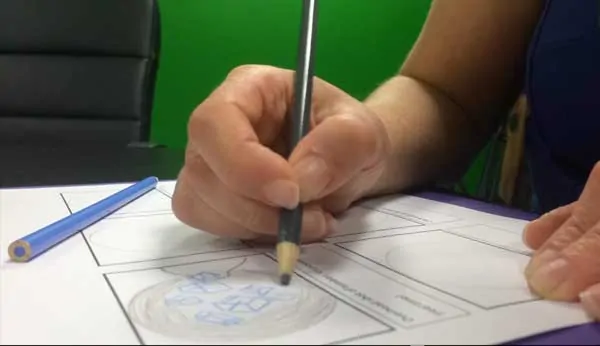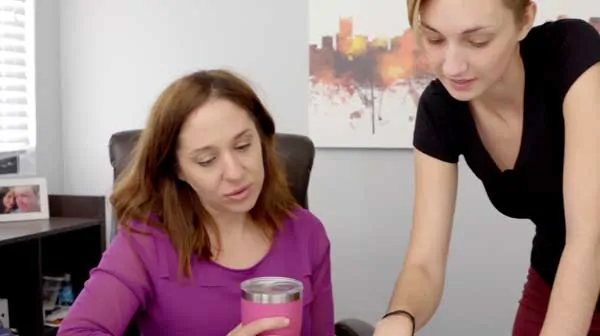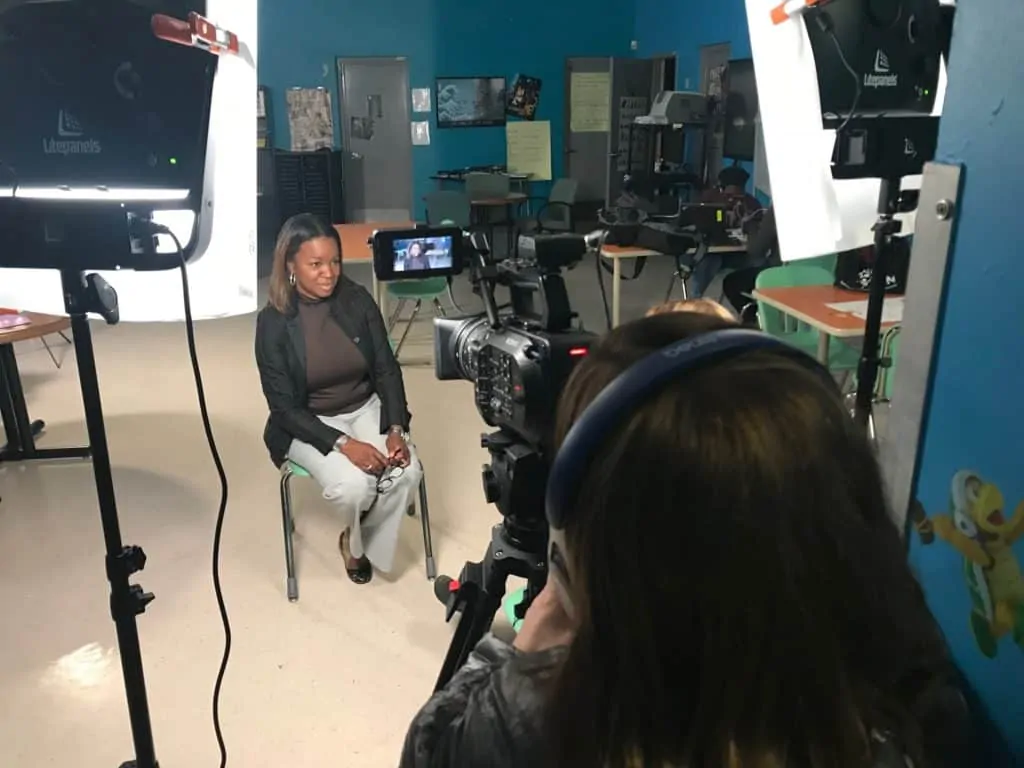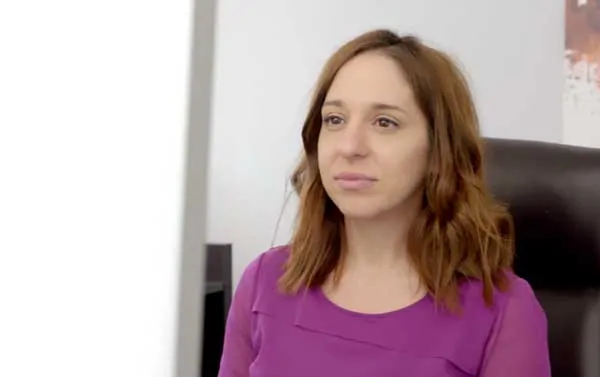Hotel Video Production
Are you worried about how to fill the rooms? Are you unhappy with your online reputation? Do you have a desire to improve the online engagement levels with your website? Have you been anguishing over trying to get the rooms to look exactly how a guest will find them when they arrive, but you haven’t been able to create a strong marketing campaign that shows a potential guest what they can expect. Should you use hotel video production strategies to fill the rooms?
Sometimes pictures are enough, sometimes they are not.
We’ve got you covered. In this post, we’re going to share with you how creating the right marketing plan and business strategy can incorporate solving several of the above issues. Hotel video production and marketing involves several facets of activity like social media marketing, online advertisements, print, billboard, and other levels of marketing that will drive traffic to your hotel.
We’re sure you’ve done focus groups and have learned about the needs of your guests and you’ve reviewed the Ps of Marketing, but we’d like to suggest that there are a few elements that may have been missed. Potential customers obviously want to know what the location looks like, but do pictures clearly show and/or explain your products or services. Do they do it adequately enough that one would not be surprised when traveling. When we travel, we’re often surprised by the difference in photos an the actual location.
Every aspect of the tourism industry should be maximizing video to their advantage. Here’s why. When someone plans a trip to places like Boca Raton, Palm Beach, Naples, Fort Lauderdale, Miami, or Key West, they do a lot of research.
Just like you do marketing research, their research includes things like what does the hotel look like? What do the amenities look like? What about the room, what should I expect to see and feel when I enter the room? Video shows people all the elements that are important to them.
What is the Marketing Process to Maximize Sales?
If you want to attract more guests to your hotel, you’ll want to show off the grounds, the rooms, the amenities and use social media platforms to increase the likelihood of being found by a potential guest during their search. When you define your marketing to incorporate what your guests want, they’re more likely to buy. While product price can impact a guests decision, if they see, hear, and feel the value, they are more likely to spend a little more to enjoy their vacation.
Reputation is critical in the hotel business. Hotels rarely survive a long-term negative leaning review score. No amount of advertising or video can offset poor scores. If the reputation is bad it’s time to make some operational improvements and hold off on any sales and marketing activities. You’ll only make more people mad by having them show up and be disappointed.
The process of maximizing sales is in a strong process. The process should include high quality video, appropriate placement with an appropriate spend and help potential guests understand what it is they’re looking at and why they should book your hotel for their next vacation.
Loyalty, Engagement, and Services – Fort Lauderdale Hotels
Marketing includes featuring a locations strength to their advantage. If you are a Fort Lauderdale hotel that has luxurious amenities, a relaxing and beautiful spa or an impeccable golf course, it’s critical to showcase that. If you have nearby attractions or nightlife that is important to the attractiveness of your hotel, show that too. Does your food stand head and shoulders above your competitors? You should feature Instagram-worthy video of your specialties.
Hotel Video Production: Increase Hotel Loyalty Using Video
Marketing can refer to reinforcing a positive visit. What if after a guest leaves, they receive a personalized standardized (yes…do both) video that thanks them for visiting. What if you had several videos that were at your disposal to email after their departure that mentioned an amenity or service they used?
What if they used your spa and the video you send to them afterward mentions that you’re glad they were able to use the spa and that you hoped they enjoyed their experience. How powerful is that? Would they know it wasn’t made specifically for them but that it was made only for those who visited the spa? You have the data, use it!
If you’re wondering how to make these things happen and more (yes, we have a lot of ideas related to improving loyalty and reputation), we’d be happy to talk about it with you. Give us a call and we’d be happy to work through all of these areas with you. As a South Florida video production company, we’ve seen and been a part of a lot.
The hotel/hospitality business can be frustrating, but it can also be rewarding. If you’re struggling to figure out how you should be using video, let us help you by working through our marketing strategy session and let us craft a plan with you. You control the direction, we’ll provide the creative that works.
Image by Engin Akyurt from Pixabay



